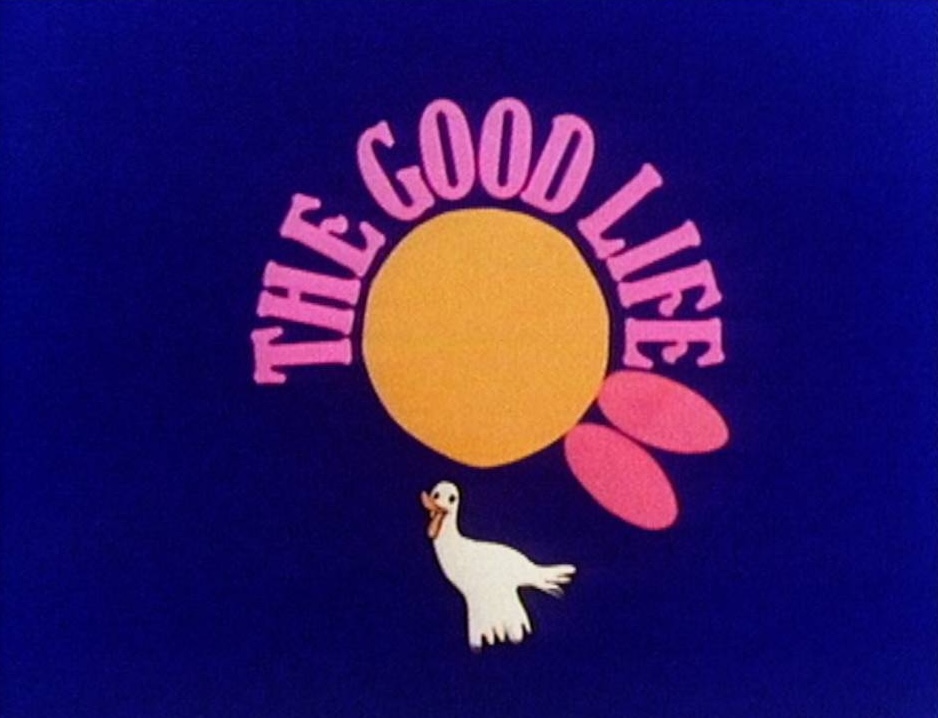A new documentary is to be screened later this year celebrating 50 years of everybody’s favourite 1970s sitcom The Good Life. I will not be joining in with the festivities. During the two-hour show, 85-year-old Penelope Keith, who played the irascible Margo Leadbetter, will revisit some of the original locations, including Kewferry Road in Northwood, which stood in for fictional Acacia Avenue in Surbiton – I can feel your excitement growing. The producers have also promised to recreate some of the creaky old sets – OK, calm down at the back.
While I’m all for a bit of nostalgia, do we really need to keep reminding ourselves how innocent TV sitcoms were before alternative comedy took a rubber sledgehammer to anything produced before 1979? ‘I’m not watching the bloody Good Life,’ screamed an incensed Vivian in an episode of The Young Ones. ‘It’s so bloody nice… confirming the myth that everyone in Britain is a loveable middle-class eccentric.’
I’m afraid I’m with Viv on this one. For me, it wasn’t just The Good Life’s cardboard sets that wobbled but the entire flimsy concept. Margo and Jerry Leadbetter and their new age neighbours, Tom and Barbara Good (surely one of the weakest title puns ever), were certainly loveable, but they felt more like upper-middle-class Hampstead types than drab suburbanites stuck in dead-end jobs.
Margo was supposed to be a middle-class snob with delusions of grandeur, but she looked and sounded like a proper aristocrat with her brusque demeanour and cut-glass accent. Unlike Alison Steadman’s brilliant turn as Bev in Abigail’s Party, Mike Leigh’s tragic take on sweaty middle-class angst, Margo never had the contorted vowels and carefully concealed coarseness that made Bev so excruciatingly authentic.
Margo just felt like a dotty dowager who’d accidentally wandered into a house full of naff Dralon furniture. No wonder she looked so fed up. And was anyone surprised when Ms Keith went on to play Lady Fforbes-Hamilton in To the Manor Born, a part far more in keeping with her style?
Felicity Kendal’s Barbara also felt hopelessly out of place with her scrummy head-girl cutesiness and Sloaney-haired confidence – again, hardly your typical Surbiton type. We all fancied Babs, but did anyone believe she had sacrificed everything for the sake of the planet?
As for the urbane Jerry, I didn’t buy for one moment that he worked for a two-bit company designing plastic toys for cereal packets – it wasn’t even an amusing conceit. The late Paul Eddington, a fine actor, imbued Jerry with the easy wit and debonair charm of a country squire or possibly a gentleman sleuth; he’d have made an interesting Bond for sure – but a humble draughtsman from the arse end of south-west London? Gimme a break.
And if Felicity Kendal’s treacly Barbara and Richard Briers’s winsome Tom had been so keen on self-sufficiency, why didn’t they just sell up and move to a smallholding in Suffolk? Neither couple appeared to have any children, so what were they even doing festering in the drab ‘burbs?
Looking back, nothing about the series rang true. The idea that installing a mangy goat and a couple of pigs in a suburban garden meant you never had to go shopping again was for the birds. Speaking of which, Margo would surely have had the Goods evicted on discovering they had named their recently acquired cockerel Lenin. The noise! The politics!
No wonder Margo and Jerry became so concerned about their potty neighbours. Imprisoning farmyard animals in unsanitary conditions was surely a matter for the RSPCA. And if I’d been Barbara, I’d have told my penny-pinching hubby where to shove his second-hand loom. In 1975, you could pick up an old jumper from Oxfam for 20p, so why put your wife through the hell of having to weave a new one, which would have cost a lot more anyway? Unless, of course, they were virtue signalling their green credentials to those horribly rapacious neighbours: ‘Jerry, I’ve scoured Bond Street,’ as Margo famously lamented.
A well-executed stereotype can distil the essence of a character, making them a perfect comedy foil
1970s sitcoms lived or died on the quality of their stereotypes. Warren Mitchell’s Alf Garnett was completely believable as a cartoon bigot, as was Leonard Rossiter’s absurdly over-the-top landlord Rigsby. John Cleese’s portrayal of a middle-class hotelier on the verge of a nervous breakdown wasn’t exactly subtle, but we instantly recognised the type.
Back then, Brits tended to remain in their silos, only glimpsing how the other half lived via TV sitcoms. I doubt many BBC producers had ever met an actual Albert Steptoe, but Wilfrid Brambell’s grotesque interpretation of a rag-and-bone man was real enough to carry a brilliant script. The reason The Good Life characters didn’t work was because we couldn’t place them properly.
Nowadays, of course, we flinch at the idea of stereotypes, assuming they will always be crudely drawn depictions of reality. In fact, a well-executed stereotype can distil the essence of a character, making them a perfect comedy foil.
With society becoming increasingly atomised, writers have lost the art of creating believable stereotypes; today, we demand complexity and back stories even from two-dimensional superheroes. The genius of 1970s sitcoms was their ability to hold up a madly distorted but instantly recognisable mirror to the tragicomedy we call life. Unfortunately, The Good Life’s situational setting failed to match the comedic stereotypes and therefore failed to tell us much about the human condition.
That said, I still giggle whenever I think of Margo going head to head with her nemesis Miss Mountshaft, dictatorial leading light of the local music society. With a name like Mountshaft, perhaps 1970s sitcoms weren’t quite as innocent as we like to think.







Comments